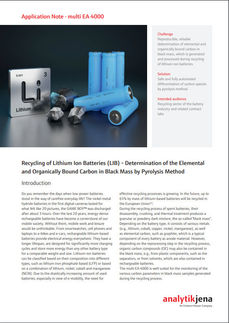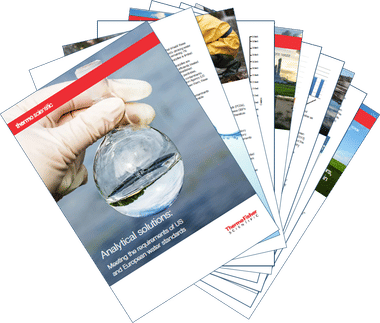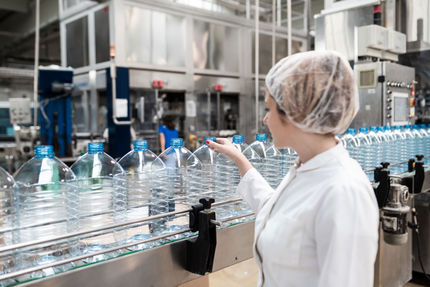Fast, Easy and “Green” Analysis of phthalates in polymeric substrates

Introduction of the analytical principle and “Method Map”
Phthalates have been used as additives in plastic to make them more flexible for many years. Several phthalates are regulated on a global scale, and several analytical techniques can be used for phthalates analysis.
Phthalates have become a hot environmental topic and critical research area for many manufacturers and product consumers.
Many analytical laboratories and scientists around the world are seeking new technologies and developments that can analyze phthalates qualitatively and quantitatively. The analysis of phthalates is critical in many industries, such as food safety, children’s toys, electronics and consumer products.
All past methodologies for the determination of the regulated phthalates are based on solvent extraction, filtration and concentration. These traditional techniques are cumbersome, time consuming and suffer from analyst-to-analyst variability while producing data of limited value. Also, polymers often contain many other plasticizers which coelute with the phthalates of interest. This socalled matrix interference leads to either false positives or false negatives and makes the accurate determination of the coeluting phthalates impractical.
In response to these analytical challenges and in conjunction with the ASTM, Frontier Lab developed a technique using a multi-mode pyrolyzer coupled with a GC-MS system for analyzing phthalates in polyvinyl chloride. This technique provides the analyst with a “method map” for identifying phthalates both qualitatively and quantitatively. First evolved gas analysis (EGA)-MS is used for each type of polymer to be analyze do determine the optimal thermal zone in which the target compounds evolve as the sample is heated. Then thermal desorption (TD)-GC/MS, which is a simple, one-step technique, is used for the analysis. ASTM D7823-16 is based on the thermal desorption (thermal “extraction”) of the phthalates from a polymeric substrate.
This article is a discussion of the central factors that influence data quality when using ASTM D7823-16 for the determination of phthalates in polymeric substrates.
The presented method can be also used as blueprint for analysis of regulated flame retardants in new and recycled polymers.
Download white paper now

Fast, Easy and “Green” Analysis of phthalates in polymeric substrates
Introduction of the analytical principle and “Method Map”
White Paper classification
White papers on related topics
Products on related topics
Manufacturers of similar products
Webinars on related topics
See the theme worlds for related content
Topic world Gas chromatography
Gas chromatography is an essential method in analytical chemistry for the separation and analysis of volatile compounds. Due to its high resolution and sensitivity, it has become firmly established in areas such as environmental analysis, food chemistry or forensic science. GC provides precise and reliable results and enables deep insights into the chemical composition of samples.

Topic world Gas chromatography
Gas chromatography is an essential method in analytical chemistry for the separation and analysis of volatile compounds. Due to its high resolution and sensitivity, it has become firmly established in areas such as environmental analysis, food chemistry or forensic science. GC provides precise and reliable results and enables deep insights into the chemical composition of samples.







